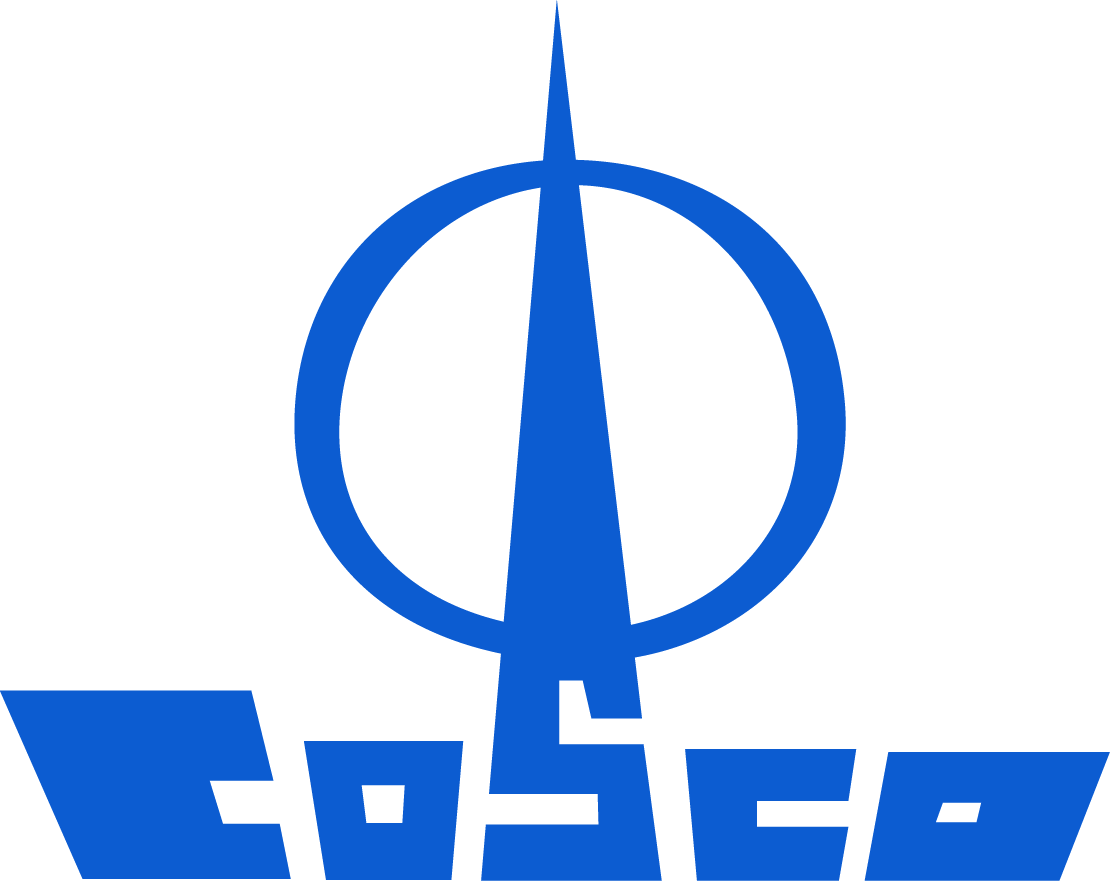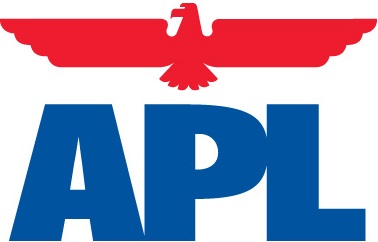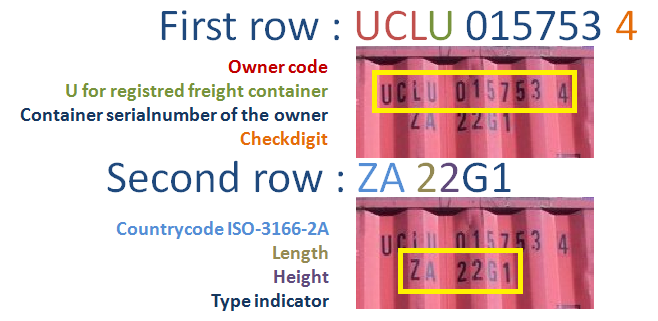

| Logo | Container Line | Ships' Positions | Container Tracking | Ship Schedules | Own Terminals |

|
MAERSK |

|

|

|
MAP |

|
MSC |

|

|

|
MAP |

|
CMA CGM |

|

|

|
MAP |

|
EVERGREEN |

|

|

|
MAP |

|
COSCO |

|

|

|
MAP |

|
HAPAG LLOYD |

|

|

|
|

|
APL |

|

|

|
|

|
ONE |

|

|

|
|

|
HAMBURG SUD |

|

|

|
|

|
NYK |

|

|

|
Container ships are cargo ships that carry all of their load in truck-size intermodal containers, in a technique called containerization. They are a common means of commercial intermodal freight transport and now carry most seagoing non-bulk cargo. Container ship capacity is measured in twenty-foot equivalent units (TEU). Typical loads are a mix of 20-foot and 40-foot (2-TEU) ISO-standard containers, with the latter predominant. Container ships are distinguished into 7 major size categories: small feeder, feeder, feedermax, panamax, post-panamax, new panamax and ultra-large. As of December 2012, there are 161 container ships in the VLCS class (Very Large Container Ships, more than 10,000 TEU), and 51 ports in the world can accommodate them.
 CONTAINER NUMBER EXPLAINED
Reamark: This image is provided by Wikipedia under Creative Commons Attribution-ShareAlike 4.0 International Public License
CONTAINER NUMBER EXPLAINED
Reamark: This image is provided by Wikipedia under Creative Commons Attribution-ShareAlike 4.0 International Public License
The size of a panamax vessel is limited by the Panama canal's lock chambers, which can accommodate ships with a beam of up to 32.31 m, a length overall of up to 294.13 m, and a draft of up to 12.04 m. The "post panamax" category has historically been used to describe ships with a moulded breadth over 32.31 m, however the Panama Canal expansion project is causing some changes in terminology. The "new panamax" category is based on the maximum vessel-size that will be able to transit a new third set of locks. The new locks are being built to accommodate a container ship with a length overall of 366 metres (1,201 ft), a maximum width of 49 metres (161 ft), and tropical fresh-water draft of 15.2 metres (50 ft). Such a vessel would be wide enough to carry 19 rows of containers, have a total capacity of approximately 12,000 TEU and be comparable in size to a capesize bulk carrier or a suezmax tanker. Container ships under 3,000 TEU are generally called feeders. Feeders are small ships that typically operate between smaller container ports. Some feeders collect their cargo from small ports, drop it off at large ports for transshipment on larger ships, and distribute containers from the large port to smaller regional ports. This size of vessel is the most likely to carry cargo cranes on board.